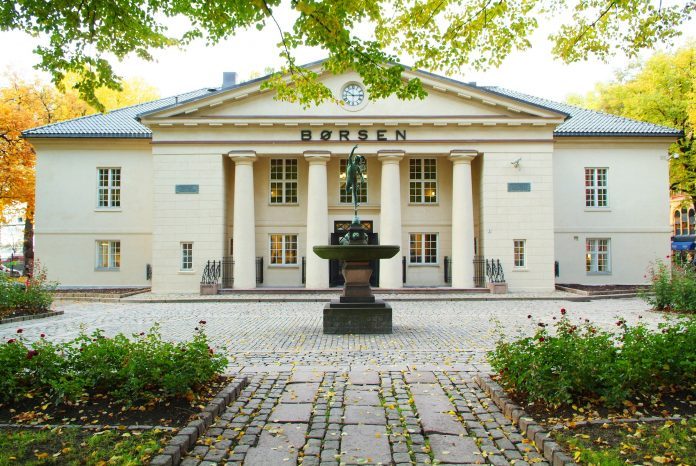The investor market’s huge appetite for salmon paves the way for Northern Harvest and Camanchaca shareholders.
First, the news came that Canadian Northern Harvest Sea Farms was up for sale. This morning it became known that Chile’s fourth largest salmon farmer, Camanchaca, is considering listing on the Oslo Stock Exchange.
The two news stories should be seen in context.
Pricing
Both Northern Harvest and Camanchaca are “exploring strategic opportunities” now. This usually involves full or partial sales or listing. The possibilities are good for a decent price if you look at Norway. Adjusted for non-farming business, the duo is quite similar if one measures them for profitability and slaughter volume. The transaction value for one can probably be decisive for the other – whether one goes for a sale or a listing.

The backdrop is the explosion in valuation that the Oslo Stock Exchange has brought for fish farmers who have been listed there for the last five years.
Repricing
Norway has long been a world leader in salmon farming. From the late 1990s, the line of publicly listed companies on the Oslo Stock Exchange has become increasingly long. However, last years’ inflation of the sector creates ripple effects beyond the country’s borders. As an illustrative example, the stock price of salmon farmer Norway Royal Salmon has increased 13-fold over the last five years.
At the time of writing, the 12 seafood companies on the Oslo Stock Exchange are priced at USD23bn.
Foreign owners
Foreigners have long registered this and have naturally played a key role in raising stock prices. Fund managers in Chicago, Boston, New York, London, Paris and Frankfurt are loaded with fish. The shareholder lists in salmon companies show many international players.
At the same time, foreign aquaculture-related companies have also found their way onto the Oslo Stock Exchange. It is not long since the Peruvian fishmeal producer Copeinca took note of this. The opportunities for better liquidity and thus pricing of the Copeinca shares were probably greater in Oslo than in Lima. In retrospect, it would appear that pricing in Oslo became so good that shareholders sold out completely (in 2013), but that is another story.
The China Fishery Group was very close to listing in 2010. The same year, Faroese salmon farmer Bakkafrost was listed on the Oslo Stock Exchange. For them, the flight was not as long, but all the more natural in a country where the whole economy is completely dominated by fish.
Heavily borrowed
For Camanchaca, there is also an element of “needs must”. The company is loaded with debt and if a 20-hour flight for the top management four times a year can solve the challenge, it’s probably worth it.
The price differences between Oslo and Santiago are dramatic.
Considering that all the fish on the Santiago stock exchange is valued at $1.8 billion, that’s less than Oslo-listed Austevoll Seafood alone. Put in another way: all the Chilean salmon farmers combined would be number six in the list of the Oslo Stock Exchange’s largest seafood companies.
For Northern Harvest, Oslo pricing will act as an effective leverage to raise the sales price. Whether it becomes Cermaq, Marine Harvest, neighbor Cooke Aquaculture (which has even ventured an Oslo listing) or a private equity fund that eventually receives the award remains to be seen.









